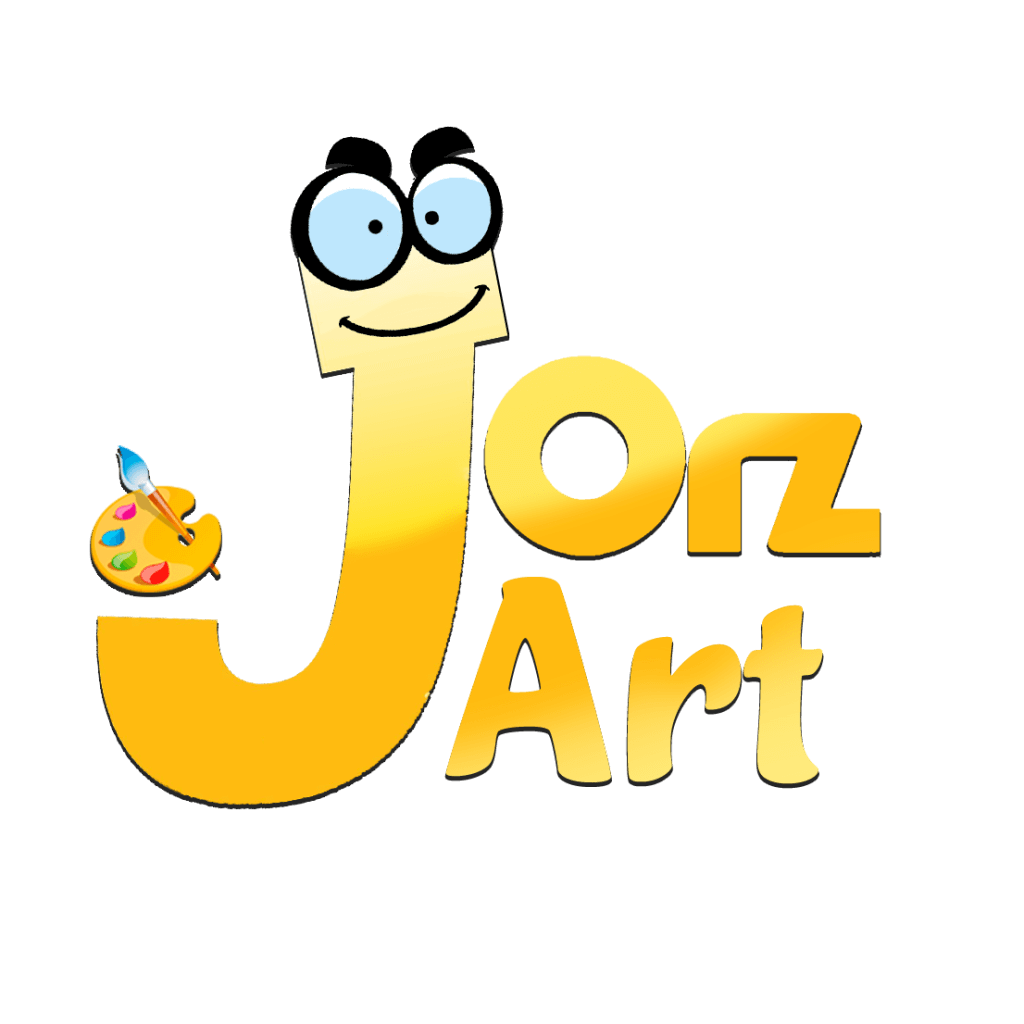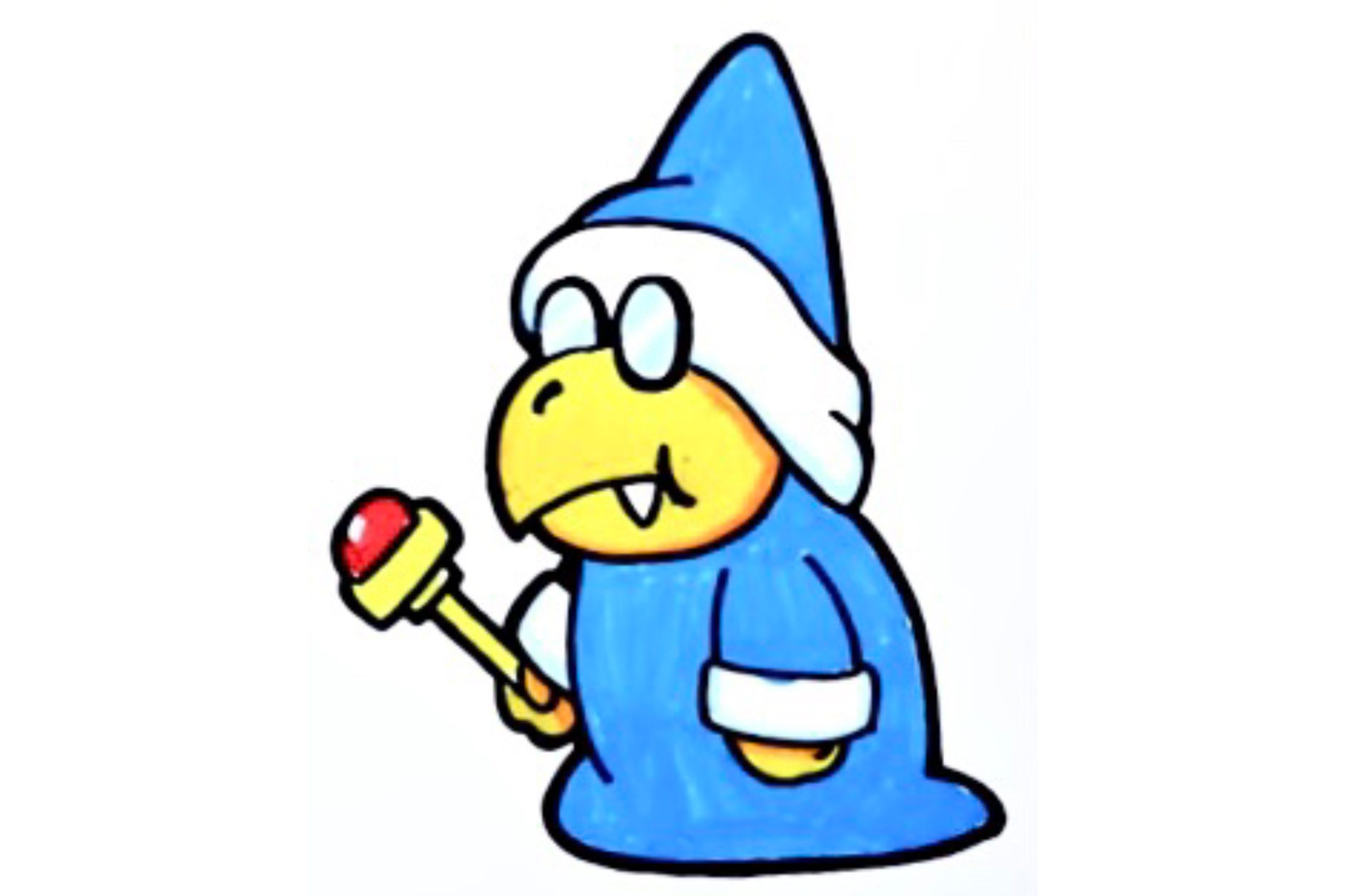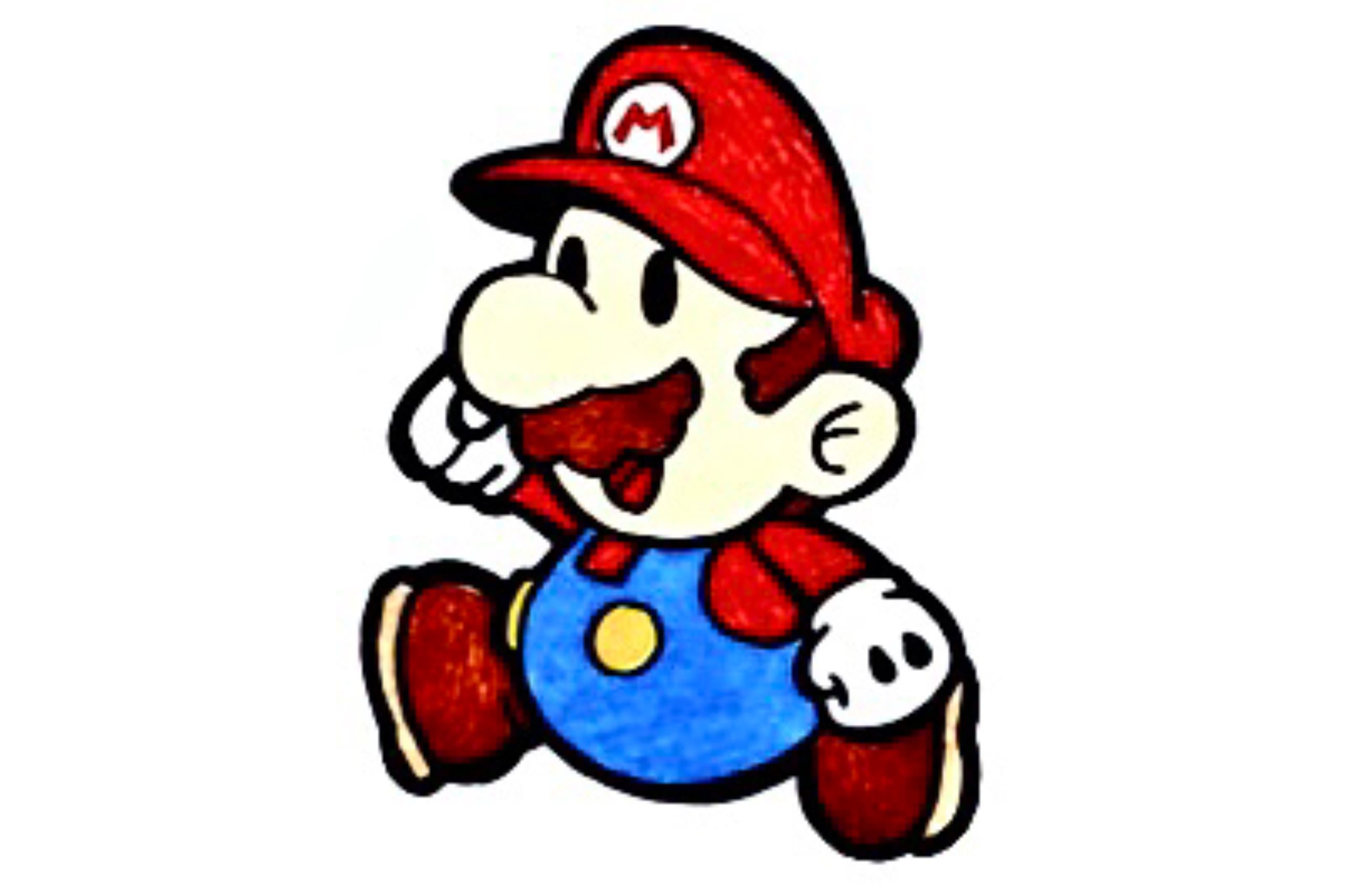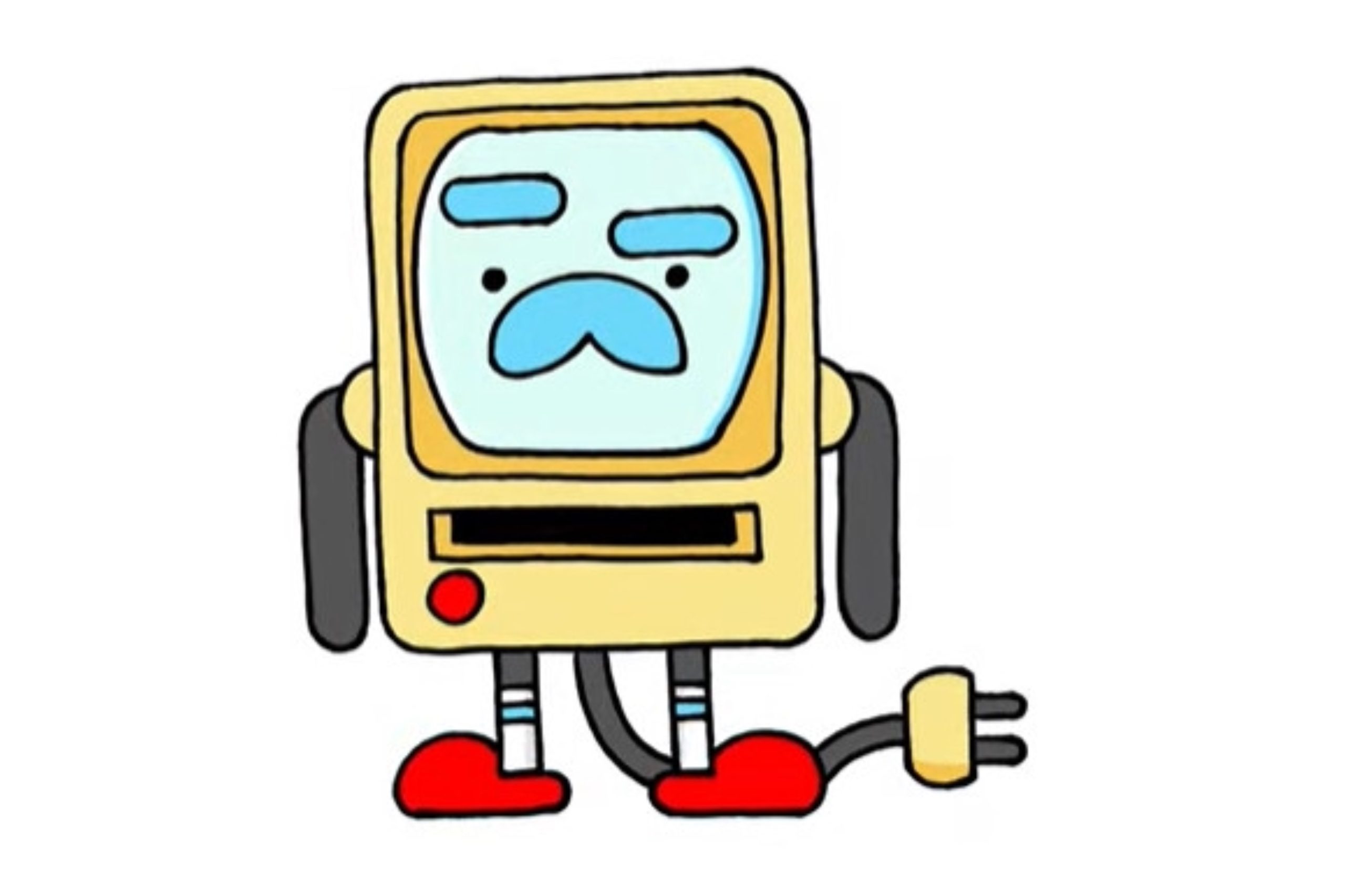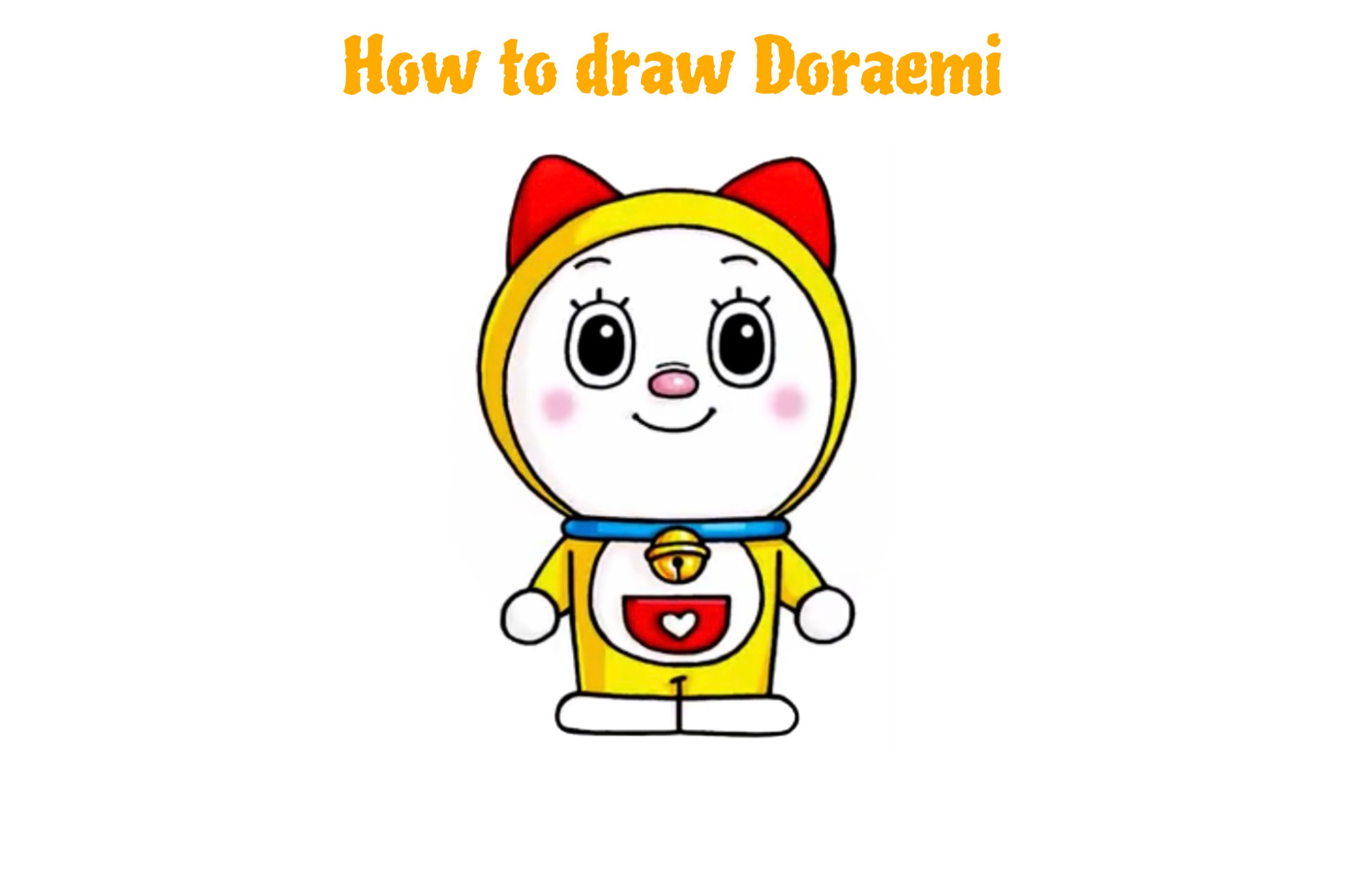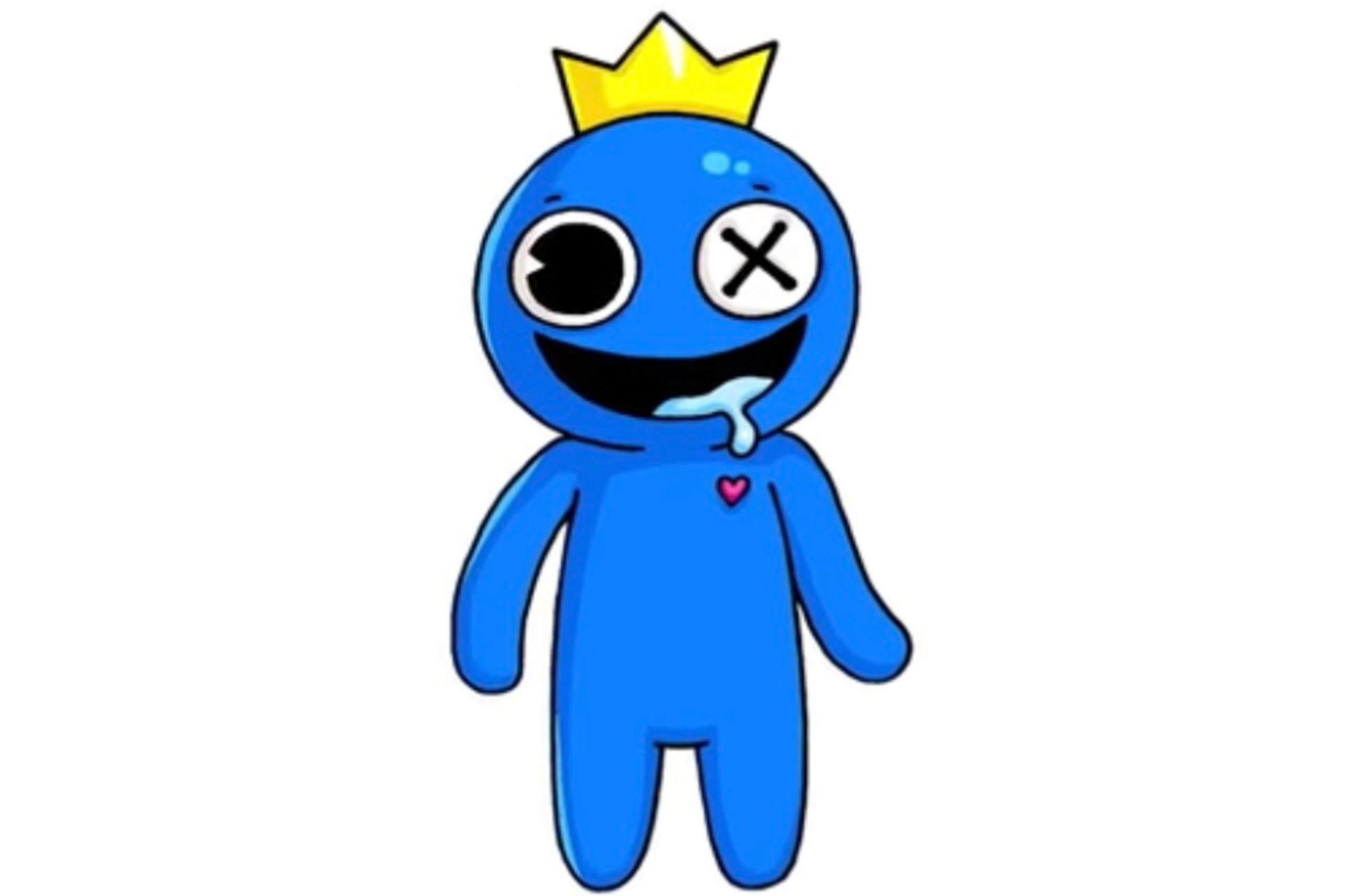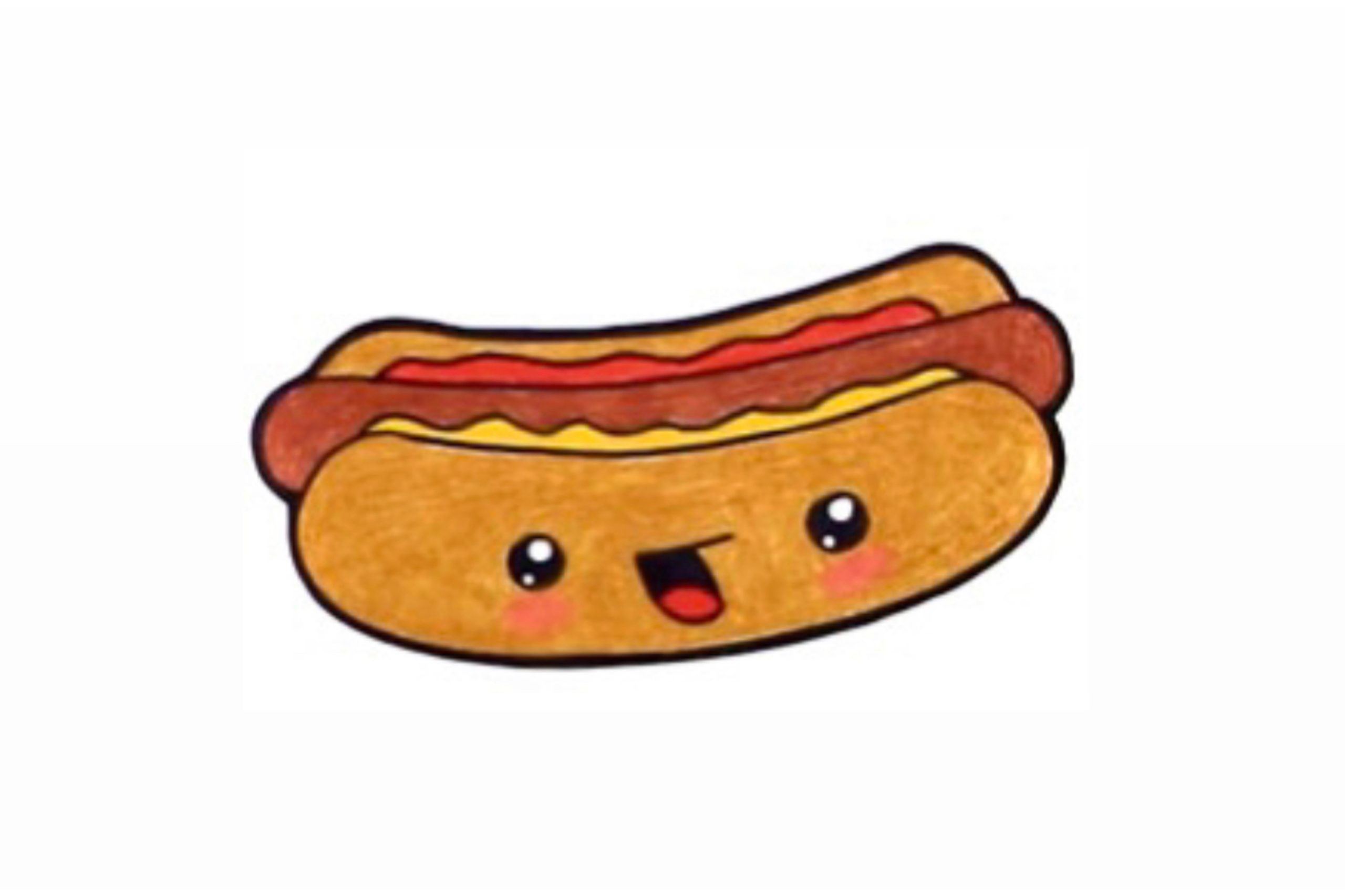Coloring Activities
Using Coloring As A Tool For Problem-Solving Skill
Coloring is more than just coloring. It is a great option for preschoolers to develop problem-solving skills. Jort.art will tell you about this coloring benefit.
I. Introduction
It may surprise you to learn that coloring is for more than just keeping your kids occupied. It is an amazing tool that promotes abilities like imagination, self-reliance, and—you guessed it—problem-solving skills! Your preschooler is on the path to becoming the next little Picasso while honing their problem-solving skills, thanks to preschool coloring pages that test their artistic talent and cognitive abilities.
So, for this blog, Jorz.art will show you the importance of coloring in developing preschoolers’ problem solving skills. Let’s get started!
II. The ability to solve problems and the creative process
Early problem-solving training will help your child succeed in a variety of classes and activities. You should encourage these skills in preschoolers because they can have a long-term favorable effect on their academic performance. Moreover, children’s social skills and self-esteem are also promoted. Following pre-drawn patterns, lines, and forms on coloring pages is known as structured coloring. When coloring, children are encouraged to concentrate on shapes, outlines, and boundaries. This degree of accuracy makes a major contribution to improving problem-solving abilities. Through the process of carefully choosing colors to fill in patterns and avoiding smearing the design, your child is engaging in entertaining, strategic thinking. Additionally, your children will learn perseverance and resourcefulness from each coloring session, which serves as a practice for future problem-solving situations.

III. Tips for improving problem-solving skills through coloring
Let’s examine some methods to make the most of coloring’s ability to support your child’s development as a problem-solver. These creative colorings will keep things lively, test your preschooler’s skills, and eventually foster their development as problem solvers.
1. Applying numerical coloring
This time-tested exercise is ideal for fusing fundamental math concepts like counting and number recognition with art. Children match the correct shade of each number to its appropriate numeral in the design by giving each number a color. Your preschooler is developing cognitive skills and attention to detail, two critical components of problem-solving, as they fill in the picture.

2. Coloring pages with mosaic designs.
Coloring pages with mosaic designs are an excellent method to test your child’s creative and analytical abilities. The page for these activities has an image divided into tiny parts, each having its own design on it. To maintain the visual attractiveness of their design and to distinguish across areas, your preschooler needs to choose colors wisely. As a result, they improve their spatial and decision-making abilities, which are crucial for addressing problems.

3. Coloring pages with puzzles inside.
For twice the enjoyment and developmental advantages, why not combine coloring pages with puzzles? These original coloring pages incorporate word searches and mazes into the artwork, forcing your preschooler to solve the cognitive task while coloring the picture. This captivating game will keep your youngster engrossed and engaged while encouraging critical thinking.

4. Group coloring assignments.
Encourage your child to color increasingly complex pages in pairs with siblings or friends. They can learn from one another and develop their social problem-solving abilities by exchanging creative experiences. Projects requiring cooperation contain great potential for improving communication, compromise, and teamwork, whether it’s talking about color selection, clearing up any confusion, or assigning separate portions to team members.

5. Make some coloring pages of your own.
Do not be afraid to be artistic with your preschooler and make some of your own coloring pages! Start by helping your youngster draw basic shapes or patterns, then progressively advance to intricate designs that challenge their creative abilities. Your child’s creativity will be nourished and challenged with the excitement of problem-solving as they generate ideas, make choices, and create totally new designs with this hands-on method.
Related topic: Interactive Coloring Pages: Renewing Your Coloring Activity
IV. Coloring tips for enhancing coloring experience
As you and your preschooler begin coloring together, keep the following in mind to create a space that develops their ability to solve problems and inspires their creativity.
1. Promote experimentation and discovery
Introducing new approaches or creative challenges to your child requires that you give them the freedom to explore and try new things. Avoid the temptation to “correct” how they have interpreted the coloring page. Rather, ask them questions, satisfy their curiosity, and give them credit for their achievements. This encourages your budding artist to take chances and come up with original solutions for obstacles down the road.

2. Congratulations on your child’s advancement
No matter how old or young, every artist enjoys being recognized for their dedication and hard work. Make sure to acknowledge your child’s achievements, perseverance, and further progress. Give positive praise for accomplishments and hard work, acknowledging both the final result and the process of learning. This can be a strong source of inspiration for them, inspiring them to take on new tasks and find their own solutions.
3. Consider and go over
Lastly, have a group discussion and reflection after finishing each coloring page to turn it into a learning exercise. To gain insight into your child’s problem-solving techniques and mental processes, provide open-ended questions. In addition to offering insightful criticism, this cooperative evaluation will motivate your preschooler to hone their abilities and keep developing into an imaginative problem-solver.
4. Getting ready for the big moment
A tidy and orderly coloring place provides a good environment for problem-solving development. Therefore, you should help your preschooler arrange an organised workspace with an abundance of colored pencils, markers, and crayons. The right materials and surroundings will further enhance their problem-solving skills.
You have discovered the hidden world of coloring for the development of problem-solving skills for your child. Therefore, you and your preschooler are prepared to go on a colorful journey now. Coloring activities are great additions to your child’s daily routine. With any luck, this vibrant guide has inspired a fresh appreciation for the wonderful world of coloring and its amazing advantages for the development of problem-solving skills. Join your preschooler on this exciting journey of discovery and embrace the power of creativity and exploration! Every step they take will help them become the brilliant problem-solvers they were meant to be! Let’s toast to living life to the fullest!
So gather your supplies and coloring pages, get set, and accompany your youngster on their artistic journey! You will establish a solid basis for lifelong problem-solving together.
FAQs
1. Can I use coloring applications on my phone in place of paper coloring pages?
Compared to paper coloring pages, digital coloring apps can be entertaining and engaging. Striking a balance between screen time and interactive coloring activities is crucial, though. Conventional coloring books provide tactile feedback and can enhance fine motor abilities more successfully.
2. How frequently ought coloring to be done?
There is no hard-and-fast rule for it. Nevertheless, it is a good idea to add coloring pages to your child’s daily routine. Or, you can arrange certain days of the week for this imaginative activity. You should remember to strike a balance between coloring sessions and other activities. Coloring is fun, but your child cannot stay still to color all day. Therefore, you should instruct him or her to make a balance.
3. If my toddler colors outside the lines, should I worry?
Not at all! Instead, you should give your preschooler the freedom to explore and try out different coloring techniques. Drawing outside the lines can be a sign of creativity. Their accuracy and fine motor abilities will eventually improve with practice. Therefore, stop worrying. Try to encourage your preschooler keep practicing.
4. Which coloring supplies should I give my preschooler?
You should provide a range of supplies. They can be watercolor paints, markers, colored pencils, and crayons. Playing with various tools will keep your child engaged. In addition, different coloring tools help them develop their problem-solving abilities in a variety of ways.
5. Can coloring enhance other mental skills?
Indeed! Many cognitive skills are enhanced by coloring benefits. For example, hand-eye coordination, attention span, and self-expression, can be developed by coloring. Your child will greatly benefit from these abilities in their schooling. Outside of classes, these skills will help them in a variety of life situations.
Coloring is more than just coloring. It is a great option for preschoolers to develop problem-solving skills. Jort.art will tell… View More
